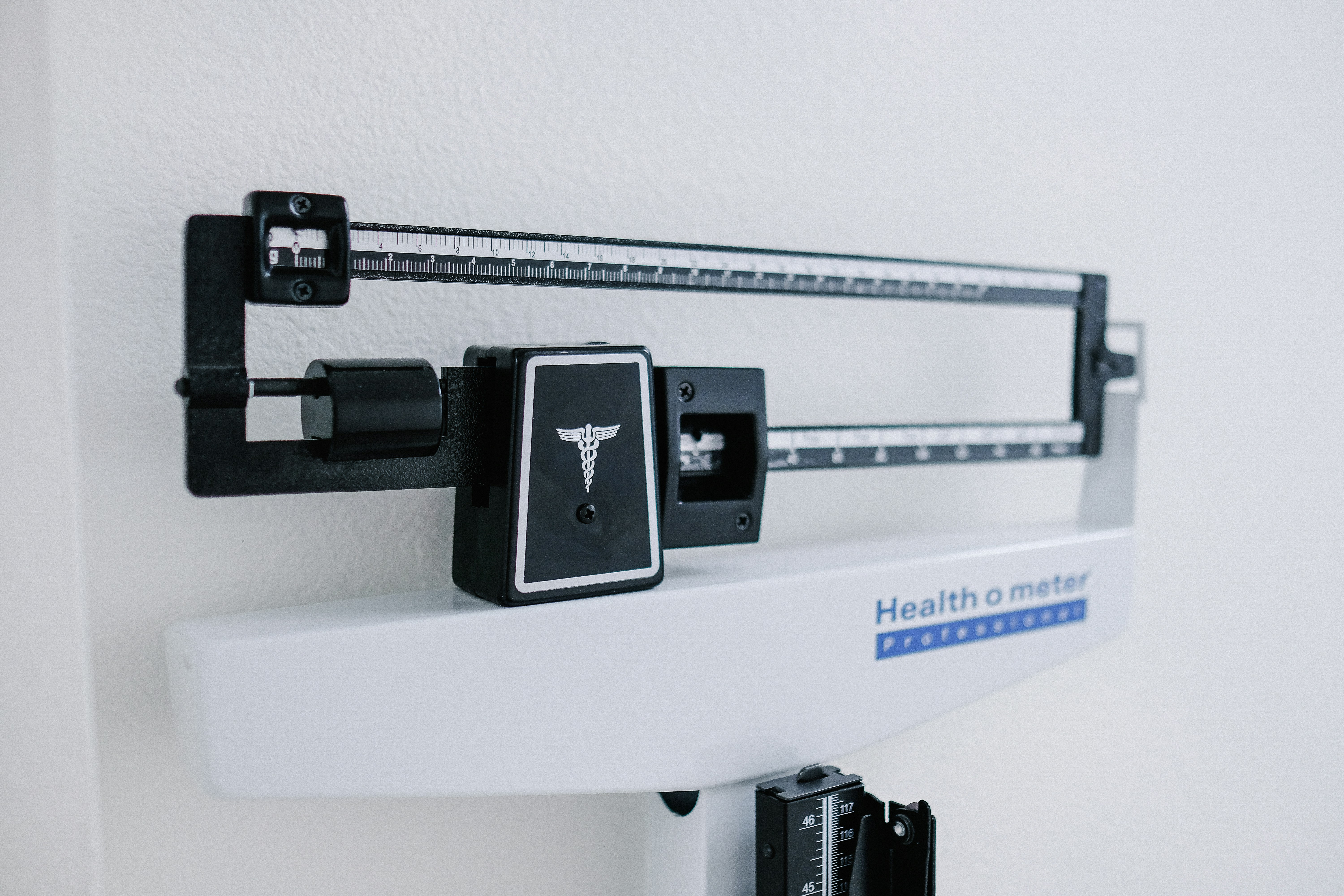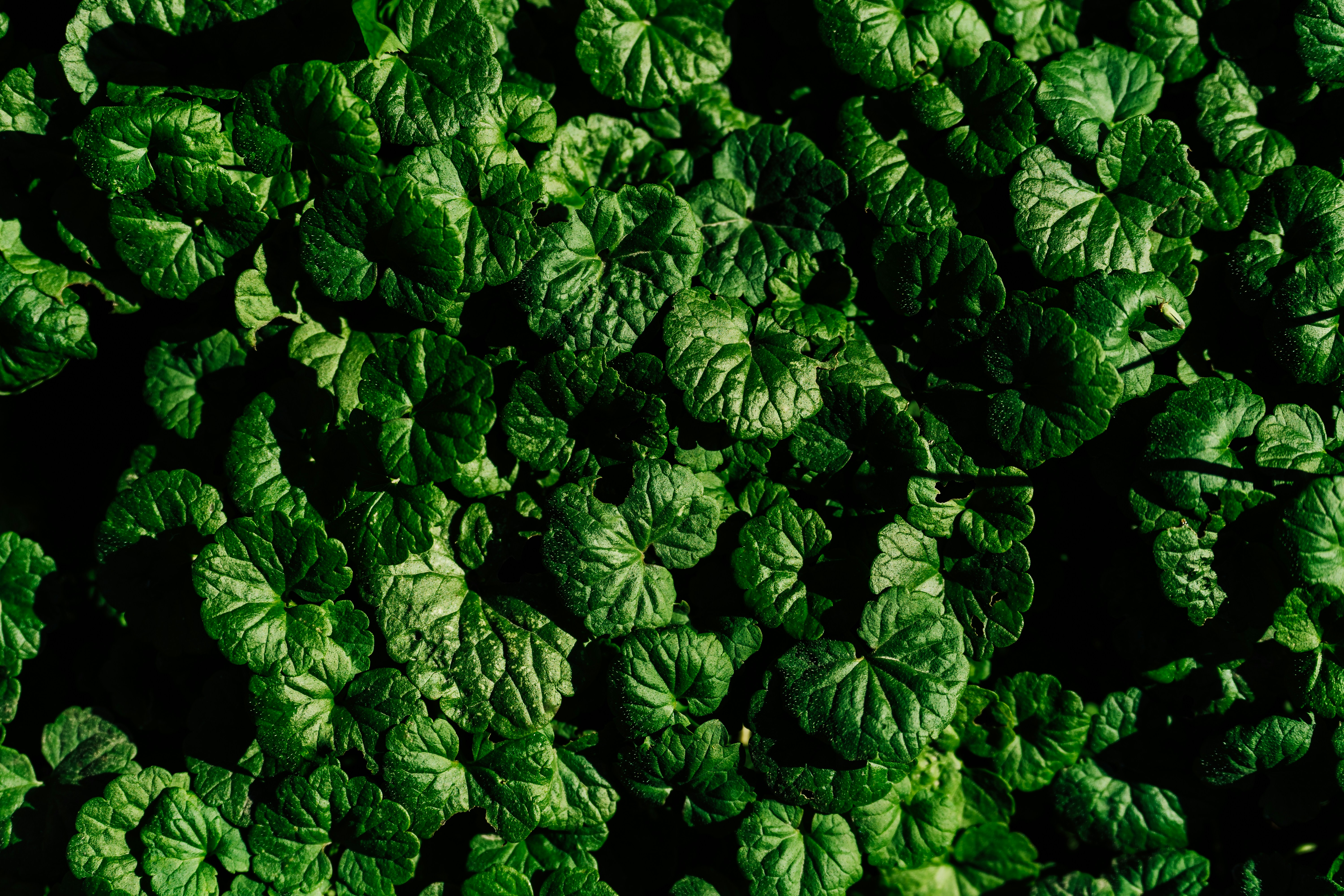Have you ever wondered how to balance your health needs with the pleasures of food? If you’re trying to manage a low-oxalate diet, you’ve likely encountered a few challenges along the way. Oxalates are naturally occurring compounds found in many foods. Although they are harmless for most people, high levels can contribute to kidney stone formation in susceptible individuals. Finding the right mix of satisfying foods without compromising your health can be a complex task. Thankfully, planning your meals in advance allows you to stay vigilant about your oxalate intake while still enjoying diverse and delicious dishes.
Understanding Oxalates
Before diving into meal planning, it’s crucial to understand what oxalates are and why they might be problematic for some people. Oxalates (also called oxalic acid) are present in various foods, and while they can serve beneficial roles in plants, they can bind with calcium in your body to form insoluble compounds. In high amounts, these compounds may crystallize, forming kidney stones. If you are prone to these issues, establishing a low-oxalate diet is a proactive measure to prevent discomfort and improve your overall health.
Foods High in Oxalates
Let’s start by identifying which foods you might want to limit. Many healthy foods, such as spinach, beets, nuts, and chocolate, are notably high in oxalates. This doesn’t mean they are fundamentally bad, but if you’re prone to kidney stones, these should be consumed in moderation. Fortunately, there are plenty of nutritious alternatives available to create a balanced diet.
Foods Low in Oxalates
The good news is that many delicious foods are low in oxalates. You’ll find options like chicken, fish, eggs, rice, and certain fruits and vegetables, such as apples, grapes, and zucchini, to be great choices. By focusing on these foods, you can construct a meal plan that meets your dietary needs without feeling restricted.
How to Plan a Low-Oxalate Meal Plan
Crafting a low-oxalate meal plan involves a bit of preparation but can be easier when you break it down into manageable steps. By being aware of your food choices and preparing some guidelines, you can create harmonious meals that suit your needs and preferences.
Step 1: Track Your Current Oxalate Intake
Begin by tracking your current dietary habits. This will help you identify which high-oxalate foods you consume regularly and may need to replace or reduce. Utilize a food diary for a week to get a clear picture of your typical diet.
Step 2: Select a Variety of Foods
Variety is the spice of life, and it’s no different when planning meals. Selecting a range of low-oxalate foods will not only cover your nutritional bases but also keep things interesting. Think about incorporating a rainbow of foods, such as white meats, fish, whole grains, and colorful fruits and vegetables.
Step 3: Create a Balanced Meal Plan
A balanced meal contains a mix of macronutrients — proteins, carbohydrates, and fats — along with essential vitamins and minerals. Aim to distribute these nutrients evenly throughout your meals and snacks. Here is a basic outline of how you might structure your daily meals:
- Breakfast: Start your day with a protein-rich option like eggs or a low-oxalate smoothie made from yogurt and low-oxalate fruits.
- Lunch: Opt for meals like grilled chicken or fish with a side of rice or quinoa.
- Snacks: Choose fresh fruits like apple slices or a handful of almonds.
- Dinner: Consider dishes that focus on lean meats or legumes, paired with low-oxalate veggies.
Step 4: Plan for Hydration
Staying well-hydrated is essential, particularly when on a low-oxalate diet aimed at preventing kidney stones. Proper hydration helps your kidneys flush oxalates from your system. Consider drinking plenty of water throughout the day and incorporating herbal teas if you desire a warm beverage.
Weekly Low-Oxalate Meal Outline
Now, let’s put all that information into a coherent weekly meal plan. Here’s a simple guide to kick-start your journey:
Monday
- Breakfast: Scrambled eggs with tomatoes and avocado
- Lunch: Grilled chicken salad with lettuce, cucumbers, and a light vinaigrette
- Snack: Yogurt with blueberries
- Dinner: Baked cod with brown rice and steamed carrots
Tuesday
- Breakfast: Oatmeal with sliced apples and almonds
- Lunch: Turkey wrap with lettuce, cheese, and pickles
- Snack: Grapes and a small cheese cube
- Dinner: Stir-fried beef with bell peppers and broccoli
Wednesday
- Breakfast: Smoothie with banana, almond milk, and spinach (in moderation)
- Lunch: Tuna salad with mixed greens and a boiled egg
- Snack: Rice cakes with almond butter
- Dinner: Grilled shrimp with quinoa and asparagus
Thursday
- Breakfast: Greek yogurt with a sprinkle of cinnamon and pear slices
- Lunch: Bean salad with chickpeas, tomatoes, and cucumbers
- Snack: Apple slices with a handful of walnuts
- Dinner: Roasted chicken breast with sautéed zucchini and bell peppers
Friday
- Breakfast: Pancakes made with oat flour topped with fresh strawberries
- Lunch: Vegetable soup with a side of whole grain bread
- Snack: Hummus with carrot sticks
- Dinner: Baked salmon with wild rice and green beans
Saturday
- Breakfast: Egg omelet with mushrooms and onions
- Lunch: Quinoa salad with grilled vegetables and feta cheese
- Snack: Handful of cashews
- Dinner: Spaghetti with marinara sauce and turkey meatballs
Sunday
- Breakfast: Smoothie bowl with coconut yogurt, kiwi, and pumpkin seeds
- Lunch: Chicken quinoa bowl with a variety of colorful vegetables
- Snack: Fresh orange juice
- Dinner: Beef stew with potatoes and carrots

Tips for Maintaining a Low-Oxalate Lifestyle
A few tips can further help you maintain a low-oxalate diet without feeling overwhelmed or deprived.
Be Mindful of Portion Sizes
Much of managing oxalate intake comes down to portion control. You can occasionally enjoy higher-oxalate foods but keep portions moderate to prevent complications.
Experiment with Recipes
Experimenting in the kitchen can transform low-oxalate foods into extraordinary meals. Seek inspiration from different cuisines and dietary traditions to expand your culinary horizons without veering off-track.
Engage in Regular Physical Activity
Exercise complements a healthy diet and improves overall well-being. Staying active enhances your body’s ability to manage oxalate levels and supports kidney function.
Seek Support
Don’t hesitate to reach out for guidance or support when adapting to a new dietary lifestyle. Dietitians or nutritionists well-versed in low-oxalate meal planning can provide tailored advice to suit your personality and lifestyle.
In summary, although navigating a low-oxalate diet can seem daunting at first, understanding its principles lays a strong foundation for success. By planning your meals thoughtfully and embracing variety, you can meet your nutritional needs while managing oxalate intake effectively. Also, remember to enjoy the process, exploring new flavors and meals along the way!





